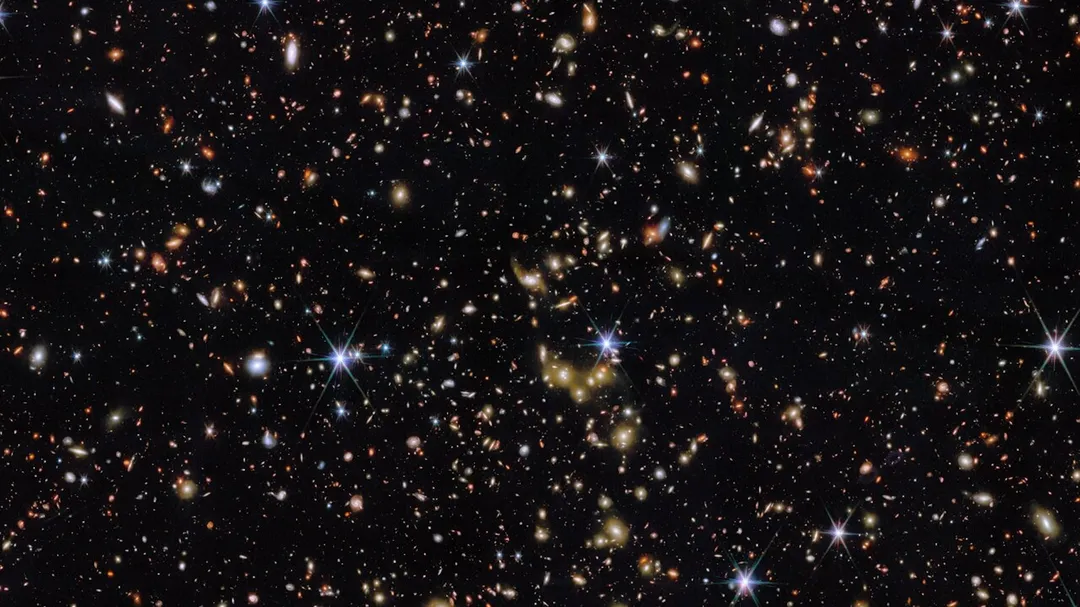
James Webb Telescope Unveils Universe’s Secrets: Citizen Scientists Needed!
The James Webb Space Telescope (JWST) continues to revolutionize our understanding of the cosmos, but it needs your help! NASA is calling on citizen scientists to assist in classifying thousands of galaxies imaged by the JWST through the Galaxy Zoo project, part of the Zooniverse platform. This initiative allows volunteers to analyze over 500,000 JWST images, contributing to our knowledge of galaxy shapes and their evolution across time.

"This is a great opportunity to see images from the newest space telescope," says Christine Macmillan, a Galaxy Zoo volunteer. Participants, ages 10 and up, answer simple questions about galaxy shapes, gaining a firsthand glimpse into the universe's edge.
The JWST's unparalleled infrared capabilities enable observations of galaxies at unprecedented distances, revealing them as they appeared billions of years ago. These insights are crucial for understanding early galaxy formation and the processes shaping the cosmos.
Another groundbreaking achievement of the JWST is the COSMOS-Web survey. This survey, mapping 0.6 square degrees of the sky, provides the widest-area, deepest view of the Universe ever acquired. The 166-megapixel image combines infrared data from Hubble and JWST, offering a treasure trove of details about cosmic evolution.

“Like humans, galaxies come together and make families,” said Ghassem Gozaliasl, lead author of a study on galaxy groups detected by JWST. This largest-ever sample of 1,678 galaxy groups helps astronomers figure out what the early universe was like and how it has changed over the past 12 billion years.
The COSMOS-Web reveals everything from isolated galaxies and quiet spirals to dense galactic groups undergoing mergers. It showcases cosmic evolution, emphasizing the profound effects of galaxy interactions. The data also highlights features of the galaxies such as: huge, extended stellar halos and the effects of gravitational lensing distorting the shape of background galaxies as light passes though.
Want to contribute? Visit the online Galaxy Zoo platform and start classifying galaxy images today!
Key Takeaways:
- Citizen science: Join NASA's Galaxy Zoo to classify JWST images.
- JWST's power: See distant galaxies as they were billions of years ago.
- COSMOS-Web survey: Explore the widest, deepest view of the universe ever.
What are your thoughts on contributing to space exploration? Share your opinions and questions in the comments below!